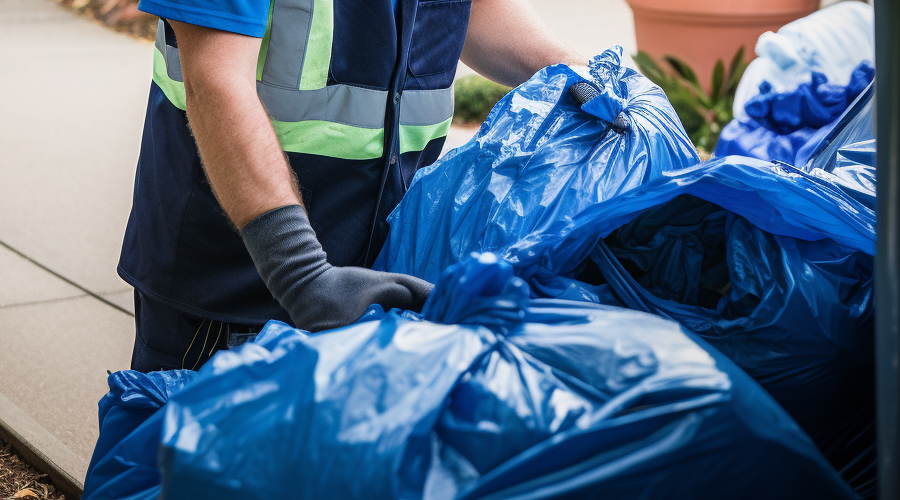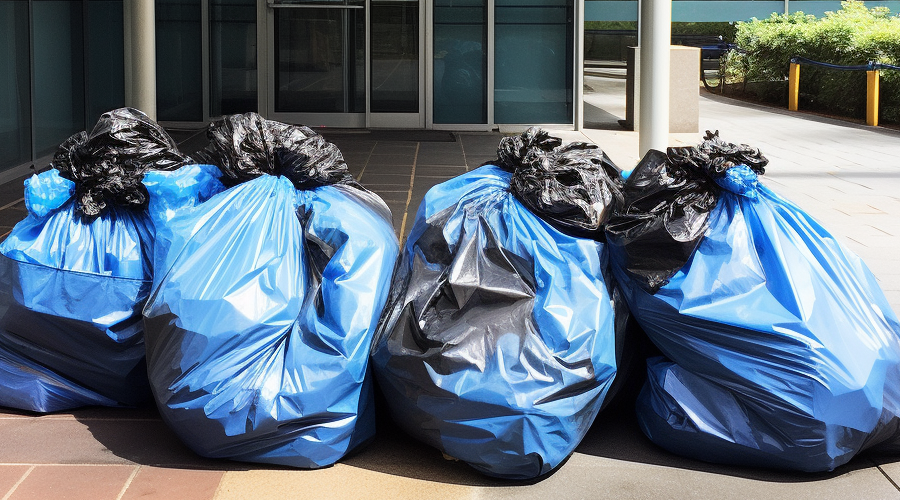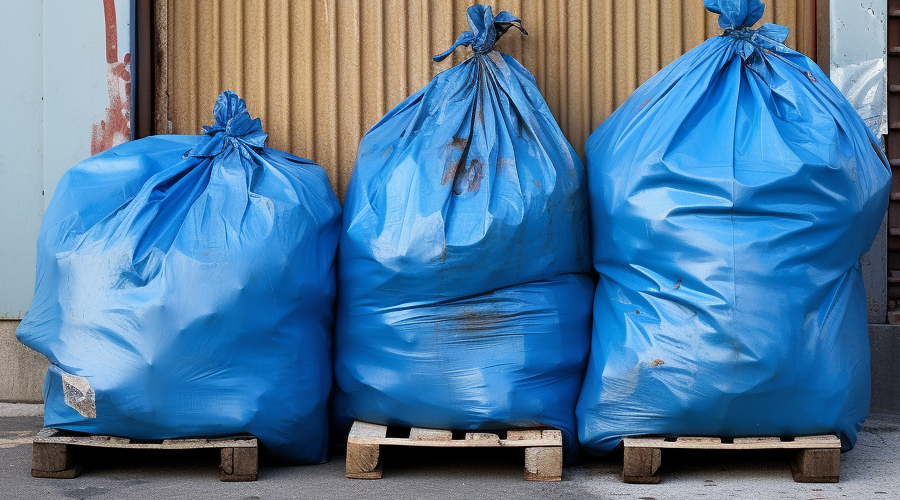10 Common Types of Waste and How to Reduce Them
Harnessing the Power of Recycling
Waste is a major problem in society today.
The average Australian generates 2.2 tonnes of waste per year, with over 50 million tonnes of waste ending up in landfill annually.
This is not only bad for the environment but costs the economy billions of dollars each year.
The good news is that there are many ways we can reduce waste in our daily lives.
By understanding the different types of waste, and taking simple steps to minimise our trash, we can all make a positive impact.
In this article, ABC Rubbish Removal Melbourne will go through the 10 most common types of rubbish.
Read on to learn more.
The Most Common Types of Waste
Let’s start by looking at 10 of the most prevalent forms of waste produced by households and businesses:
1. Plastic
Plastic waste comes in many forms – bottles, bags, packaging, containers, etc. Australians use over 10 million new plastic bags every day. Plastic waste makes up 18% of total rubbish in the country. Not all plastic gets recycled either, with as much as 130,000 tonnes ending up in landfills and waterways annually according to Clean Up Australia.
2. Paper and Cardboard
Paper product waste is very common in offices and homes. This includes newspapers, magazines, junk mail, printing paper, cardboard boxes, and packaging. Paper accounts for over 25% of landfill waste. Some paper and cardboard get recycled, but there’s still room for reducing our paper trash.
3. Food
Household waste like Food waste and other organic waste are a massive problem, with over 5.3 million tonnes of food ending up in landfills per year. From spoiled produce, uneaten leftovers, scraps, and more. Food waste comes from homes, restaurants, cafes, supermarkets, and anywhere else food is handled. Rotting food waste in landfills contributes to greenhouse emissions.
4. Glass
Glass waste comes from bottles, jars, broken dishes, light bulbs, and more. While glass is recyclable, many bottles still end up in regular curbside rubbish collection. Introducing container deposit schemes has helped increase glass recycling rates in parts of Australia.
5. Metal
Metal waste and solid waste include steel and aluminum cans, aerosol cans, foil, appliances, electronics, and various scrap metals. Recycling programs exist for many metals, but compliance could be improved. Certain electronic waste contains hazardous materials and needs proper disposal.
6. Yard Trimmings
Yard waste like grass clippings, leaves, branches, and garden debris accounts for a sizable portion of municipal waste. Much of this organic material can be composted at home, used for mulch, or recycled via council green waste collection services.
7. Furniture and Bulky Items
Old furniture, mattresses, and other bulky household items are regularly thrown out by homeowners and renters moving house. While some organisations collect and reuse household goods, plenty of furniture still gets sent to the dump.
8. Hazardous Waste
Toxic and dangerous products like paint, chemicals, CFL bulbs, batteries, and motor oil require special waste management as hazardous waste. Improper dumping of hazardous waste like medical waste and liquid waste can pollute the environment and pose human health risks. Utilising municipal household hazardous waste services is important.
9. Construction and Demolition Debris
Building sites generate tons of waste including wood, concrete, bricks, drywall, plumbing, and roofing materials. Proper sorting of construction and demolition debris enables more recycling. But currently, around 40% ends up in landfill according to the C&D Recycling Forum.
10. Textiles
Clothing and fabrics make up 6% of all waste sent to landfills, according to ABC News. Donating used clothes for reuse helps. But ultimately reducing new textile production and creating more sustainable fabrics can lower waste.
Tips to Reduce Waste in Your Life
Now that we’ve reviewed the major waste types, here are some helpful tips to minimise your personal garbage:
- Refuse single-use plastics like straws, bags, and coffee cups.
- Bring reusable shopping bags, containers, and water bottles.
- Shop at bulk food stores and markets to avoid packaging.
- Compost food scraps at home or via council pickup.
- Donate or buy/sell used furniture, appliances, and clothes locally.
- Choose products with minimal, recyclable or compostable packaging.
- Print less – go paperless with bills, documents, and reading.
- Recycle all accepted paper, cardboard, cans, bottles, and containers.
- Use council hazardous waste and e-waste disposal services.
- Hire waste removal services to responsibly dispose of construction debris.
We can all take small steps to reduce our personal waste footprint. When everyone makes an effort, it adds up to real change. Our consumption choices and habits make a difference in the amount of resources used and trash produced.
Frequently Asked Questions
What are the 5 main types of waste?
The 5 most common waste types are plastic, paper/cardboard, organics (food and yard waste), glass, and metal. These traditional materials make up a large percentage of household and business garbage.
What is the number 1 cause of waste?
Plastic is the leading cause of waste worldwide currently. Single-use plastics like bottles, bags, packaging, and containers are produced and discarded in massive quantities. Plastic waste harms marine life and enters the food chain via microplastics.
Which country produces the most waste per person?
The United States produces the most waste per capita of any country. Each American disposes around 2 kilograms per person per day, compared to the OECD average of 1.6 kg. Australia and Canada also produce high waste levels per capita.
How can I personally reduce waste?
You can reduce waste by recycling diligently, avoiding single-use plastics, composting food scraps, donating used goods, buying less overall, and choosing products with minimal packaging. Small daily changes make a cumulative difference.
What are the effects of waste?
Waste impacts the environment through air, land, and water pollution. Landfills release methane contributing to climate change. Plastic waste harms wildlife. Incinerators can generate toxic emissions. Waste also wastes resources used to produce discarded goods and costs billions in disposal fees.
Conclusion
Reducing waste is not about dramatic overnight changes.
It’s about each of us making small, thoughtful choices in our daily lives.
Choosing reusable over disposable. Recycling and composting instead of binning.
Donating unused items for reuse. Supporting sustainable products and companies.
When we all commit to minimising waste, the combined impact is enormous.
Together we can reduce pollution, conserve resources, save energy and build a cleaner future one step at a time.



